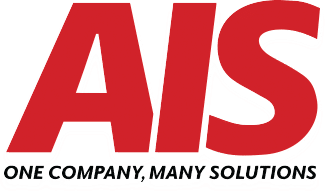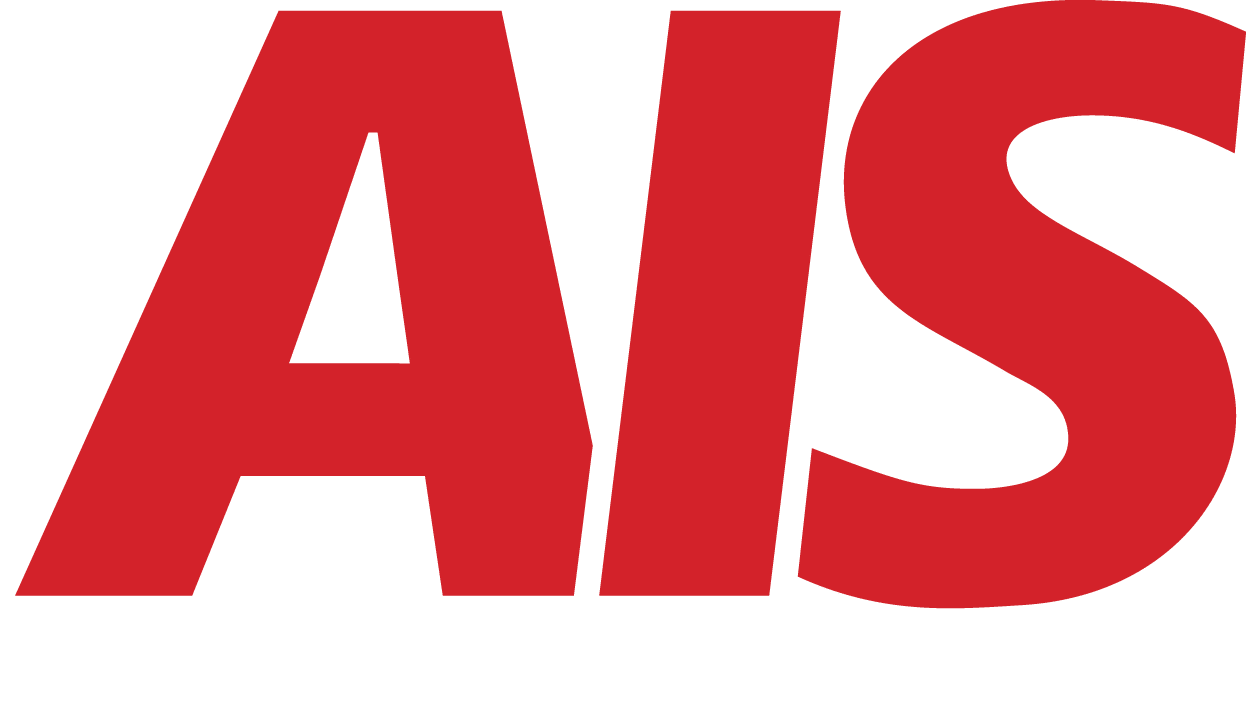What Should Your Technology Roadmap Look Like for the Next 5 Years?
July 24th, 2025 | 6 min. read

Technology should not be something your business scrambles to fix. It should be something that helps your business grow, run smoothly, and stay protected.
But without a long-term plan, most companies end up making reactive decisions. They patch problems, chase the latest tools, or overspend on things they do not need.
That is why every small and midsize business should have a technology roadmap.
A clear, five-year roadmap helps you align your tech decisions with your business goals. It keeps your systems stable, supports your team as you grow, and safeguards your data at all times.
In this article, we will outline what a practical and effective IT roadmap should look like over the next five years.
Why Your Business Needs a Technology Roadmap
Avoiding Reactive IT Decisions
Too often, businesses wait until something breaks before upgrading or replacing technology. This leads to unplanned downtime, emergency spending, and a constant game of catch-up.
A successful roadmap turns those last-minute decisions into planned, budgeted improvements.
Aligning Office Tech Investments With Business Goals
Technology should not exist in a vacuum. If your business plans to expand, launch new services, or support a remote team, your technology needs to keep pace with that growth.
A roadmap connects your IT strategy to your business strategy.
Building a More Secure, Scalable, and Efficient Operation
The right tools can help your team work more efficiently, communicate more effectively, and mitigate risk. A roadmap enables you to adopt those tools in the correct order, with the proper support, and at the right time.
Year 1: Stabilize and Secure What You Have
Audit Your Existing Infrastructure
Start by understanding what systems, software, and equipment you already use. Identify what is outdated, what is working well, and what is causing problems. Include devices, servers, applications, firewalls, printers, and cloud tools.
Close Security Gaps and Update Legacy Systems
Replace unsupported software, install missing patches, and fix known vulnerabilities. If any devices are no longer receiving updates or support, make a plan to replace them.
Standardize Devices, Software, and Policies
Set minimum standards for company devices. Eliminate redundant software. Establish consistent policies for password management, software updates, and access controls.
Set Up Basic Documentation and Backup Processes
Document your systems, vendors, and support contacts to ensure seamless operations. Implement regular, automated backups for critical files and systems to ensure data integrity and security. If you already have backups, test them to ensure they are working correctly.
Year 2: Streamline Operations and Improve Support
Implement Centralized IT Management (Or Hire an MSP)
If you are juggling IT on your own or with multiple vendors, now is the time to consolidate. Consider a Managed IT Services provider who can oversee all of your systems and provide ongoing monitoring and support.
Introduce Automation or Cloud Collaboration Tools
Adopt tools that automate manual tasks, such as cloud-based file sharing, task management, or customer support platforms. This improves efficiency without increasing headcount.
Improve End-user Training and Helpdesk Access
Ensure employees know how to access help and understand how to use key systems safely. Consider short security training sessions or self-service knowledge bases.
Track KPIs For System Uptime, Support Tickets, and Costs
Start measuring performance. Look at system availability, average resolution time for IT issues, and overall IT spending. Use this data to make smarter choices next year.
Year 3: Strengthen Cybersecurity and Compliance
Deploy Multi-layered Security Solutions
Go beyond antivirus. Introduce firewalls, endpoint detection, DNS filtering, and email security. The goal is to block threats at multiple levels before they reach your team.
Implement Regular Security Training and Phishing Simulations
Train employees to spot scams, avoid risky behavior, and report issues. Simulated phishing attacks can reveal gaps and reduce the chance of real-world damage.
Start or Refine Data Compliance (e.g., HIPAA, PCI)
If you handle sensitive data, now is the time to review your compliance requirements. Ensure your systems and processes comply with regulatory standards.
Begin Quarterly Risk Assessments and Entry Testing
Use third-party experts to test your defenses. Regular assessments help you spot new risks and document improvements for clients, auditors, or regulators.
Year 4: Support Scalability and Growth
Move More systems to the Cloud or Hybrid Infrastructure
Start shifting workloads that benefit from flexibility or remote access. This could include cloud file storage, virtual desktops, or cloud-based phone systems.
Create a Disaster Recovery and Continuity Plan
If a system fails or a cyberattack locks you out, how will your business respond? Create a written plan, test it annually, and ensure everyone is aware of their role.
Plan For Multi-location or Remote Workforce Expansion
If your business is growing or transitioning to a hybrid model, plan for consistent tools and policies across all sites. Include secure access, shared communication tools, and remote support.
Budget For Hardware Lifecycle Upgrades
By now, some devices from the first year may be nearing the end of their lifecycle. Plan to replace them proactively, rather than waiting for a failure to occur. This keeps productivity high and support costs low.
Year 5: Optimize, Innovate, and Prepare for What’s Next
Introduce Data Analytics and Business Intelligence Tools
Help your team make better decisions with tools that turn data into insights. This could include dashboards, reporting software, or integrations with your CRM or ERP system.
Evaluate AI, Automation, and Workflow Integration Tools
Now that your systems are stable, look for ways to connect them. Automate handoffs between tools. Utilize AI to streamline support tickets or expedite data analysis.
Review Vendor Contracts, Performance, and ROI
Take stock of your software, service, and subscription expenses. Cut what you no longer use. Reinvest in tools that are delivering real value.
Update Your Roadmap For The Next Five Years
Technology will not stop evolving. Use what you have learned to refresh your goals and build the next phase of your strategy.
How to Build a Roadmap That Actually Works
Involve Leadership, Finance, and Operations in Planning
Your IT roadmap should support your business goals. That means including the people responsible for growth, budgeting, and day-to-day operations.
Use Real Data, Not Guesswork
Track key metrics such as downtime, ticket volume, and employee satisfaction using specialized tools. Use this data to justify upgrades or changes.
Partner With a Technology Advisor or MSP
A good IT partner can help you see around corners. They know what works, what is changing in the industry, and how to implement solutions that fit your business.
Treat Your Roadmap Like a Living Document
This is not a one-time exercise. Revisit your roadmap at least once a year to ensure it remains current and effective. Update it based on business changes, new risks, or the availability of better tools.
Final Thoughts: Tech Planning Should Match Business Planning
Technology is no longer optional. It is part of every process, every team, and every customer interaction. Having a clear five-year roadmap helps your business grow on solid ground.
Here is what to remember:
- Year one is about stabilizing what you already have
- Years two and three focus on efficiency and protection.
- Years four and five help you scale and innovate
- Your roadmap should be strategic, measurable, and flexible.
If you have never created a technology roadmap before, now is the time to start. The future of your business depends on it.
Need help building a technology roadmap tailored to your business?AIS works with small and midsize businesses to create long-term IT strategies that support growth, reduce risk, and improve day-to-day performance.
Contact us to schedule a tech strategy session, or visit our Managed IT Services page to learn more.
A true southerner from Atlanta, Georgia, Marissa has always had a strong passion for writing and storytelling. She moved out west in 2018 where she became an expert on all things business technology-related as the Content Producer at AIS. Coupled with her knowledge of SEO best practices, she's been integral in catapulting AIS to the digital forefront of the industry. In her free time, she enjoys sipping wine and hanging out with her rescue-dog, WIllow. Basically, she loves wine and dogs, but not whiny dogs.
Topics:



